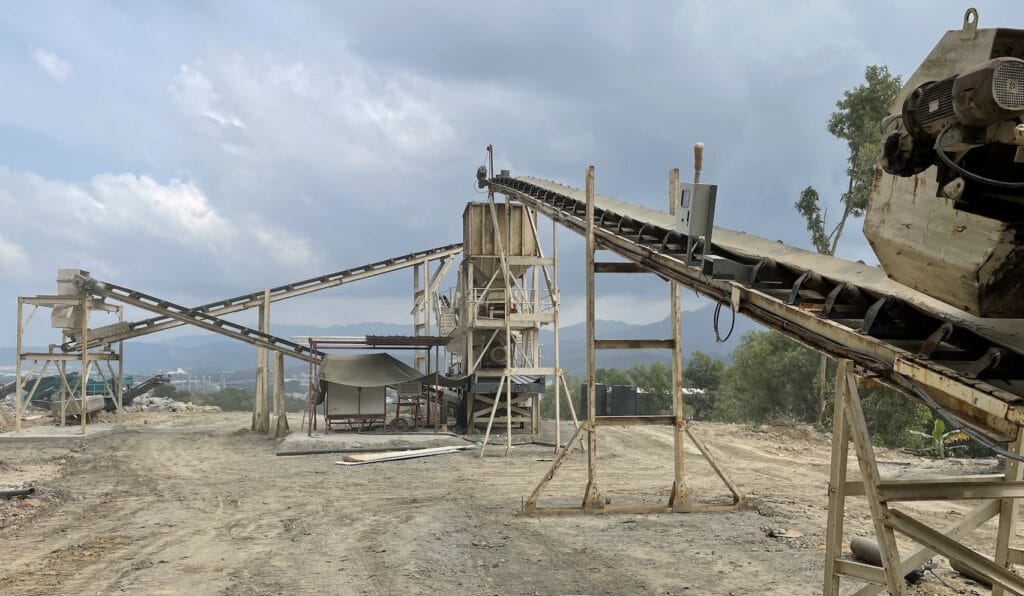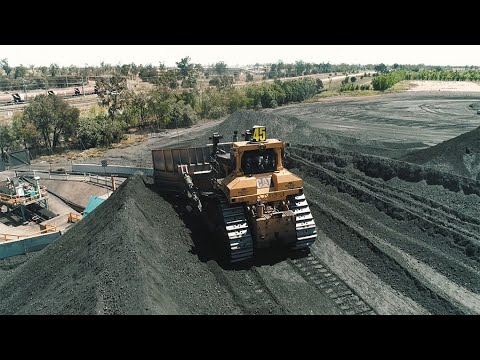
Terex has rebranded its recently acquired brand of trommels, apron feeders and conveyors – MDS – as it expands the company’s facilities and product range.
MDS was established in 1995 and grew to deliver its first mobile model by 2015.
In July 2021, Terex acquired the company to expand its own range in the crushing, screening and environmental industries with products that complemented its existing portfolio.
The rebrand comes as part of “major positive changes” following the acquisition, which Terex has stated will continue for the foreseeable future.
“We have been making significant investment in our facilities and have added to our team to help us deliver aggressive production growth goals so that we can meet ever growing demand for MDS products,” the company stated.
“Alongside this, we have been expanding our distribution footprint to help position us for long term growth.”
MDS products are distributed across Australia through Tricon Equipment which has eight branches nationally, as well as one in New Zealand and one in Fiji to satisfy the Asia-Pacific region.
The rebranding incorporates elements from the history of both Terex and MDS.
“History, as with all Terex Brands, remains a very important part of MDS,” Terex stated.
“The colours used in the new logo represent Terex and the values represented by that part of MDS, but the logo also showcases the MDS heavy duty drums which is the unique feature of MDS products and what we are synonymous with.”
The company believes this new look will help it to stand out as it continues to expand across Australian quarries.
“This is an exciting time for MDS and this rebranding allows to continue our upward trajectory,” Terex stated.
“We hope this new look will help strengthen our brand awareness and our unique identity as the leading provider of heavy duty rock trommels.”

















 【更多EVN公告和股价走势请点击
【更多EVN公告和股价走势请点击